A new loss hit Portland. Although the Portland Timbers scored first, Minnesota United turned the tables in the second half.
It was encouraging to see the Timbers going into halftime winning. The feeling that they were going to concede just before the end of the first 45’ was looming in the air, but they held on.
Individual mistakes
For the umpteenth time, the team wasted clear opportunities to extend the lead. And again, they made individual defensive errors that cost them the match.
Granted, this was their third game in the span of one week, but after the win against San Jose, this was a major setback.
“We have been massively, massively let down by individual errors defensively,” said head coach Phil Neville after the game.
The Timbers’ defensive errors were noticeable even before they opened the counter. After beating Miguel Araujo with a nutmeg, the defense couldn’t stop a diagonal back pass from Joseph Rosales, and nobody was marking Teemu Pukki, who was standing inside the box. Hence, the shot (although it was off-frame).
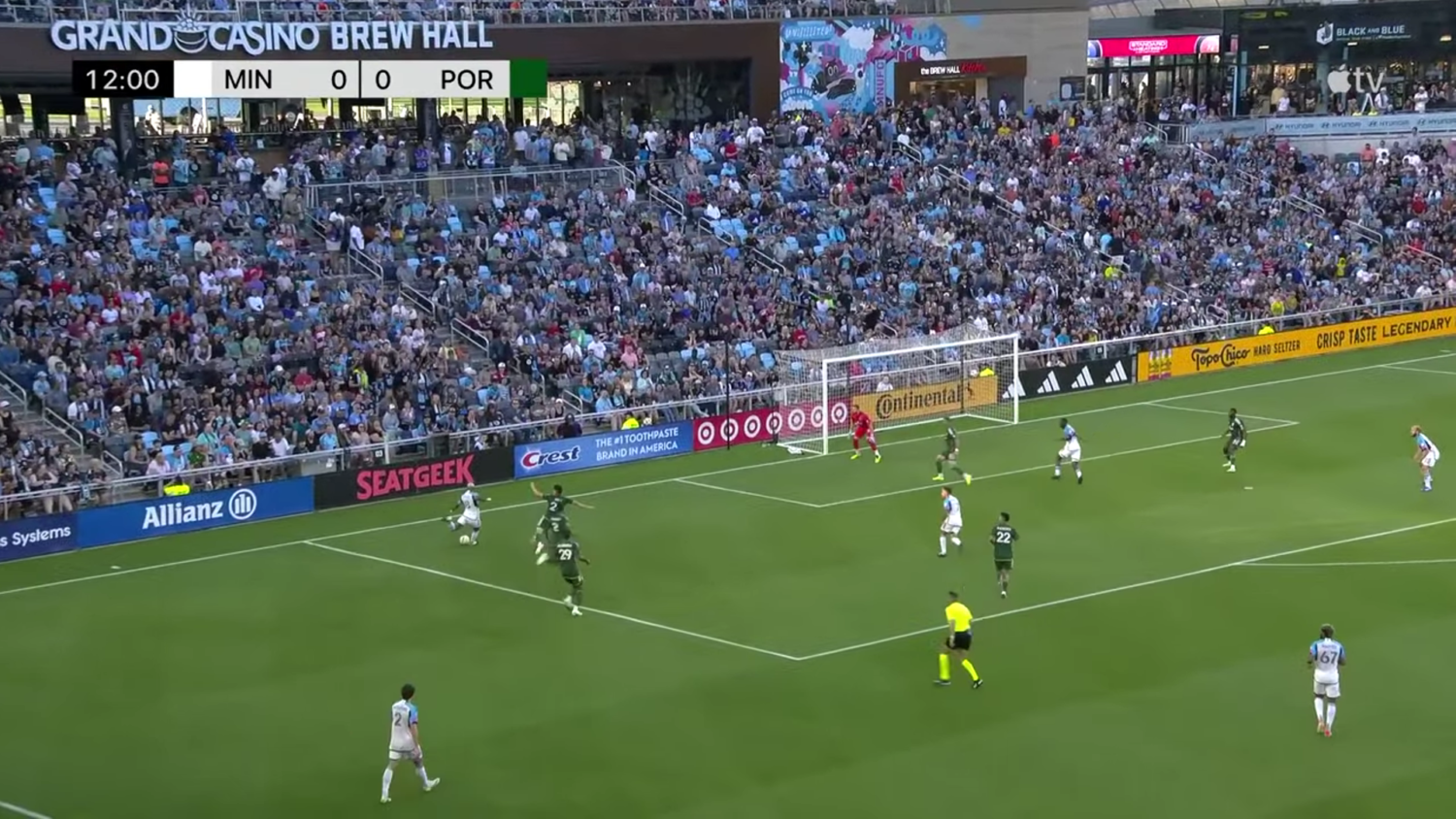
To add more, the Timbers had to be grateful VAR didn’t grant a clear penalty against them after Kamal Miller fouled Bongokuhle Hlongwane.
Even though Minnesota was pushing the Timbers against their own goal and generating chances, the visitors scored first. Dario Župarić saw Felipe Mora and Jonathan Rodríguez among the host’s backline and tried to pass the ball to the gap Minnesota left in the middle (as you can appreciate in the capture below).
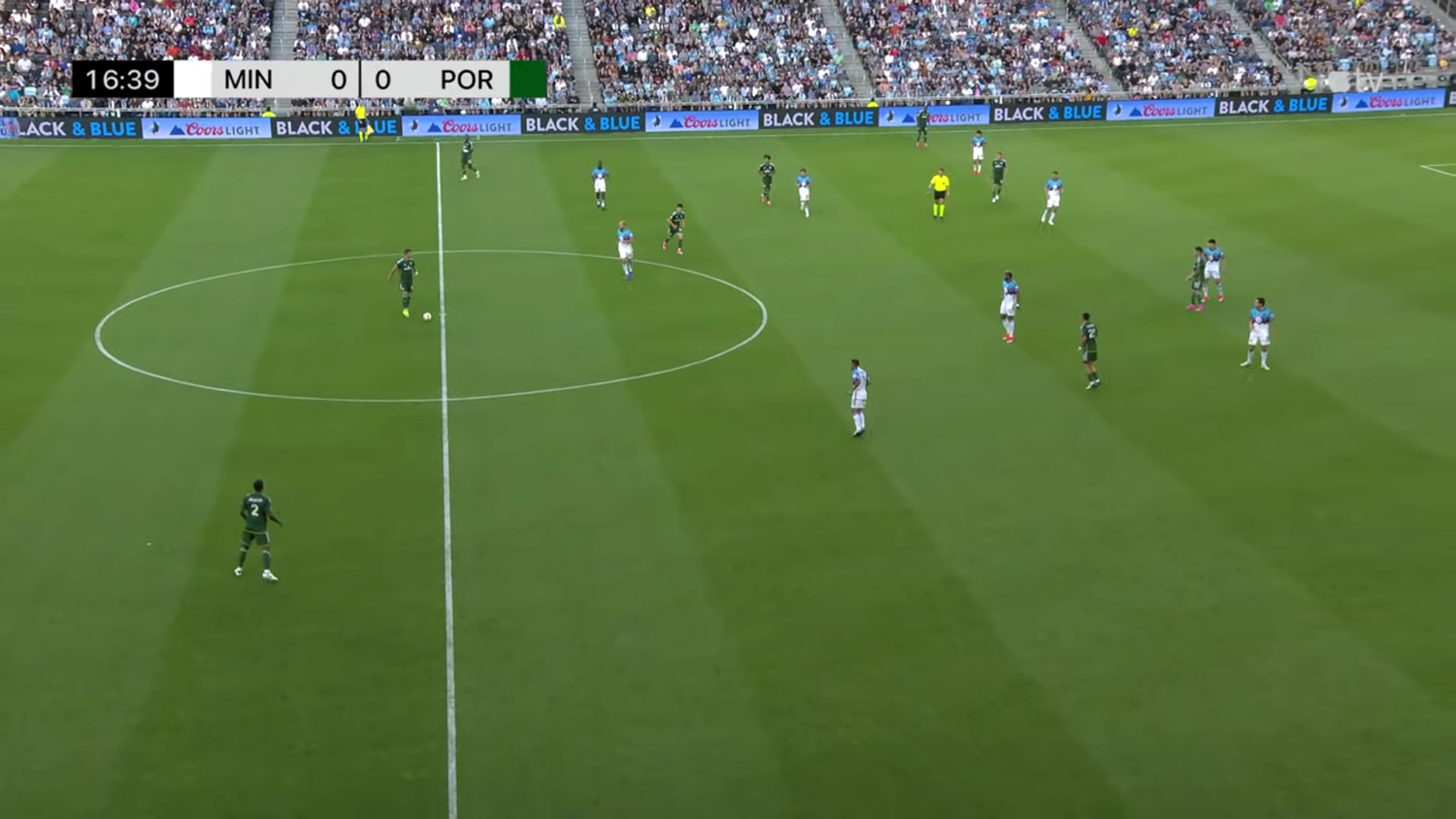
The pass was blocked, but David Ayala was around, and he rushed to recover that ball and finish the job. He got there before any ‘loon’ and sent a through pass to Rodríguez, who finished with a diagonal shot.
Three goals in two games? Not too shabby for the Uruguayan.
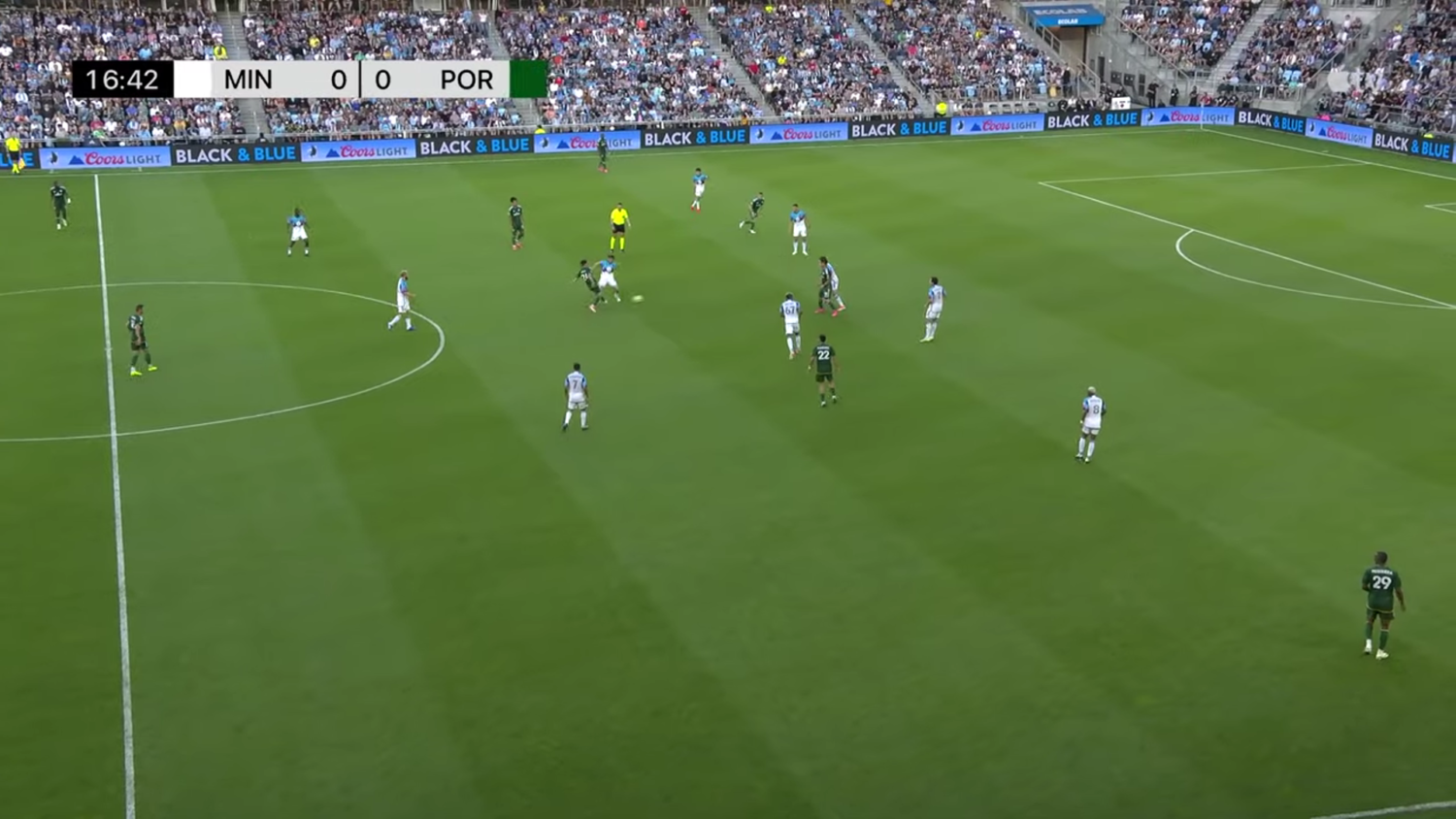
When half an hour passed, Portland was playing on their side of the field to defend the lead, and occasionally they’d send a long ball to one of their wingers to produce a counterattack. In the 39th minute, Cristhian Paredes did this. Juan David Mosquera ran toward goal, but goalkeeper Dayne St. Clair prevailed in that one-vs-one.
To his credit, St. Clair won all his one-vs-ones against the Timbers like a boss. It was an amazing thing to witness. And the only time he didn’t, the woodwork helped him.
Another one-vs-one happened at the beginning of the second half after a bad back pass that Rodríguez ended up controlling. He tried to chip the goalkeeper, who came out 40 yards away from his line, but St. Clair made an incredible save with his head.
The Timbers also suffered from bad luck. Mora could’ve doubled the lead, but the crossbar denied him. And even though he argued one of the defenders pushed him, VAR didn’t concede the penalty.
Parking the bus
“We scored the first goal, we then set off and didn’t play our football like we said,” Neville said. “We dropped off too deep, we stopped playing balls and started to play balls long, and we put ourselves in the pressure.”
The second half was mostly Portland’s 10 players defending the short lead. Only Rodríguez was near the midfield to be on the receiving end of long passes and then go in a one-vs-one with the goalkeeper. Sadly, that plan didn’t work much, and the Timbers didn’t have many chances in the second half.
As a result, Minnesota did what they couldn’t do in the first 45 minutes. Teemu Pukki got rid of Župarić and passed the ball to Joseph Rosales. David Ayala was marking Robin Lod but lost him, and Lod put the ball in the back of the net.
It was the nightfall for the Timbers. After that, they suffered a big scare when the referee awarded the host a penalty kick, but VAR overturned the decision.
Things didn’t improve for the visitors. Ten minutes later, Sang-bin scored the winning goal. In the image below we can see him unmarked at the top of the box. Araujo stayed close to him but as soon as he saw Taylor getting inside the box he forgot about Jeong Sang-bin. The South Korean held his run, so he was very much open to receiving that pass and finish.
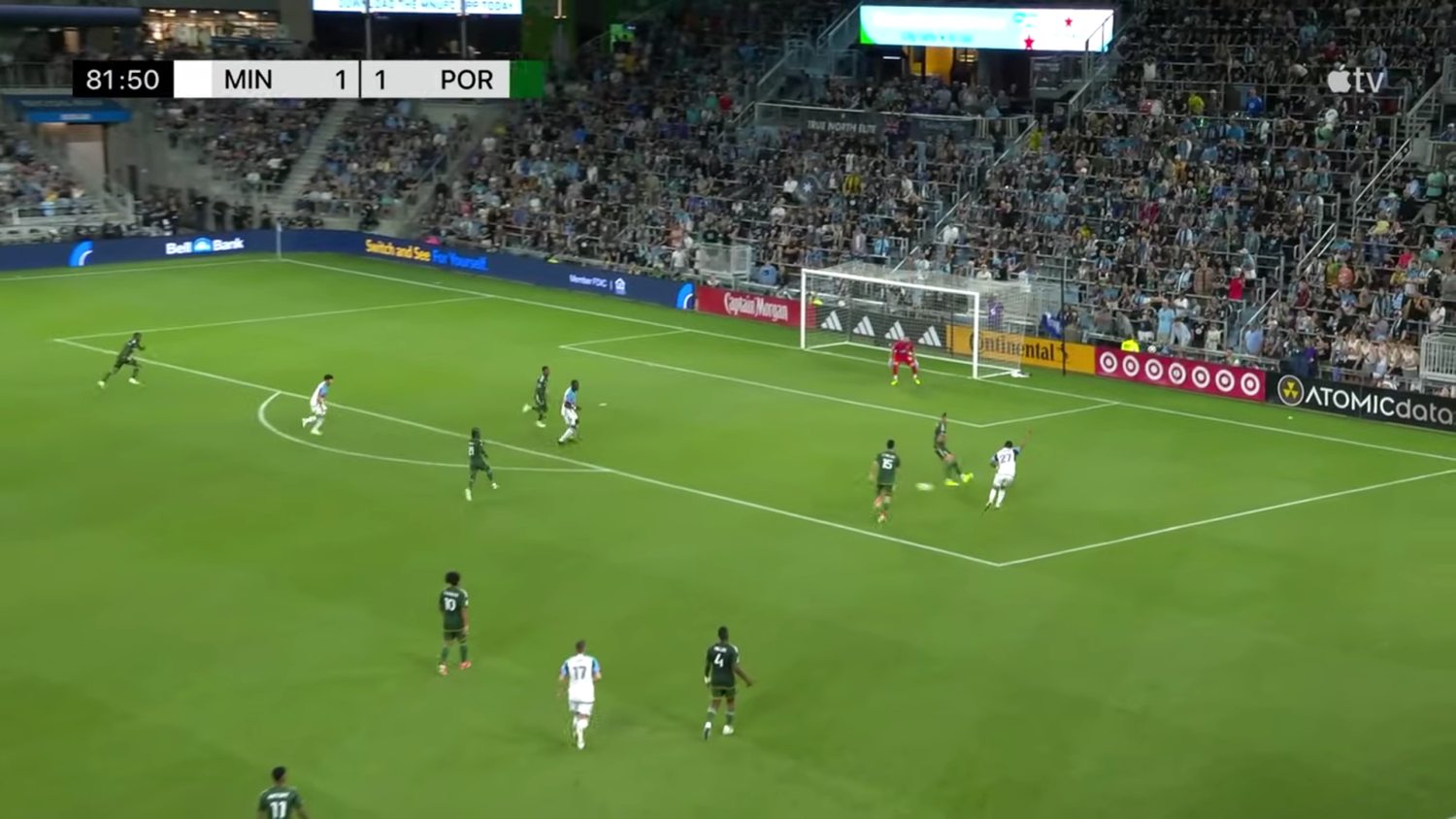
The match was long, and with 10 minutes of stoppage time added, Portland had time to search for the equalizer. It looked as if they were going to make it—especially after Miguel Tapias was sent off for a dumb foul away from his box. The Timbers put the hosts against the wall, but in the end, they held and they had to go home without a point.
If we talk about the substitutions, they didn’t make much of a difference. Mora was clearly angry to be subbed off when the clock hit the hour mark, and his complaining pissed the referee off. As a punishment, the ref made the Timbers play with one man down for more than one minute by not letting Eric Miller come in for Mora.
The coach made more substitutions but no one was impactful enough. He then put in another attacking player—Antony—and things improved a little but not enough to find the equalizer.
Three-back
Neville decided to stick with a three-back formation just like he did in the match against San Jose. This time, he put Araujo in instead of Larrys Mabiala, and he moved Župarić from the right to the middle.
In defensive phase, Ayala and Mosquera dropped to help, although the entire team tried to show solidarity and help with defense. This is shown below, where we can see a line of six players defending.

Although Portland lost, the three-back formation worked well, and we can’t put the blame on that for the loss. If there’s something Neville has shown, it is that he’s not afraid to try new things. It’s just like K. Miller said: “I think we’re just in a position where we’d like to try to find something that works.”
That’s what Neville has been doing, and not just with the defense.
Three-back, four-back… at this point, it doesn’t matter. Neville hasn’t been able to find the key to fix the individual defensive mistakes, and he knows that’s on him. It’s a real puzzler and more so when we think about the regression some of Portland’s former starters suffered, such as Zac McGraw.
Another loss sucks but there are some positives about the next game against Sporting KC: It’s going to be played at home, the Timbers already played them and got a draw, and they’re one point away from being at the bottom of the table. It’s a pretty winnable match—or so it looks like. We’ll see.

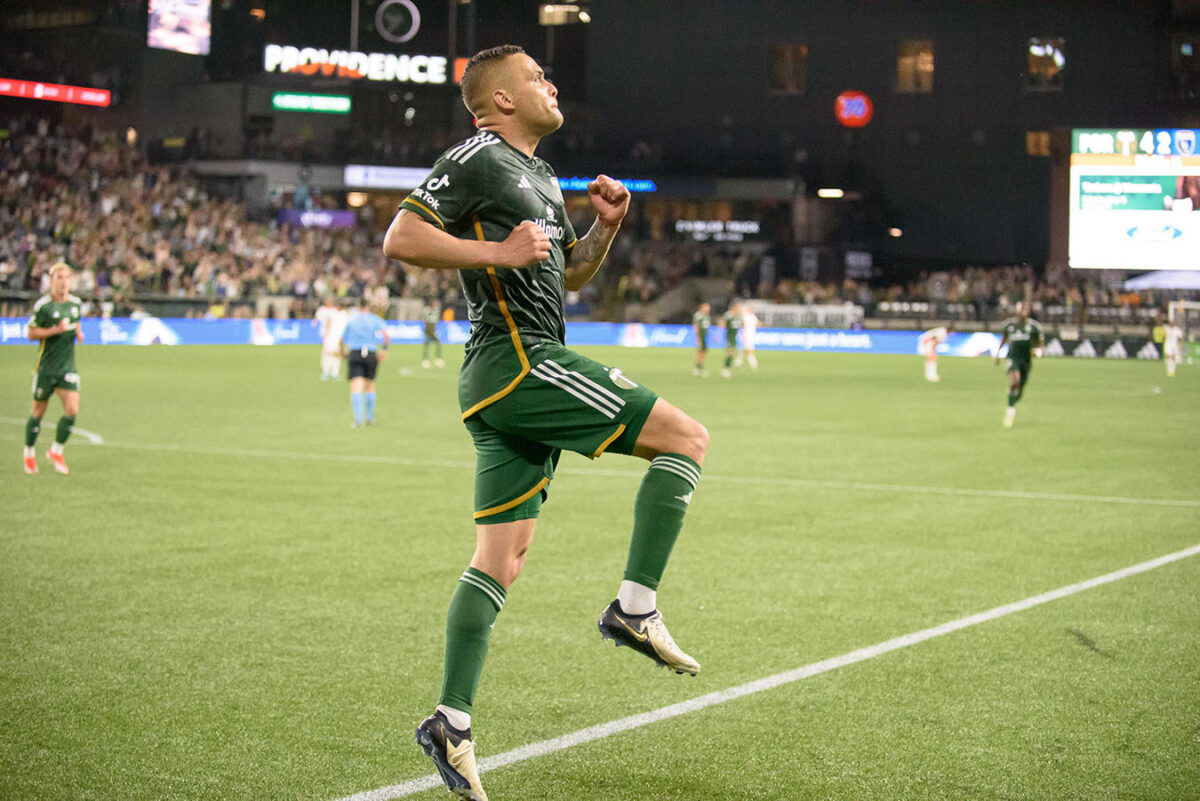
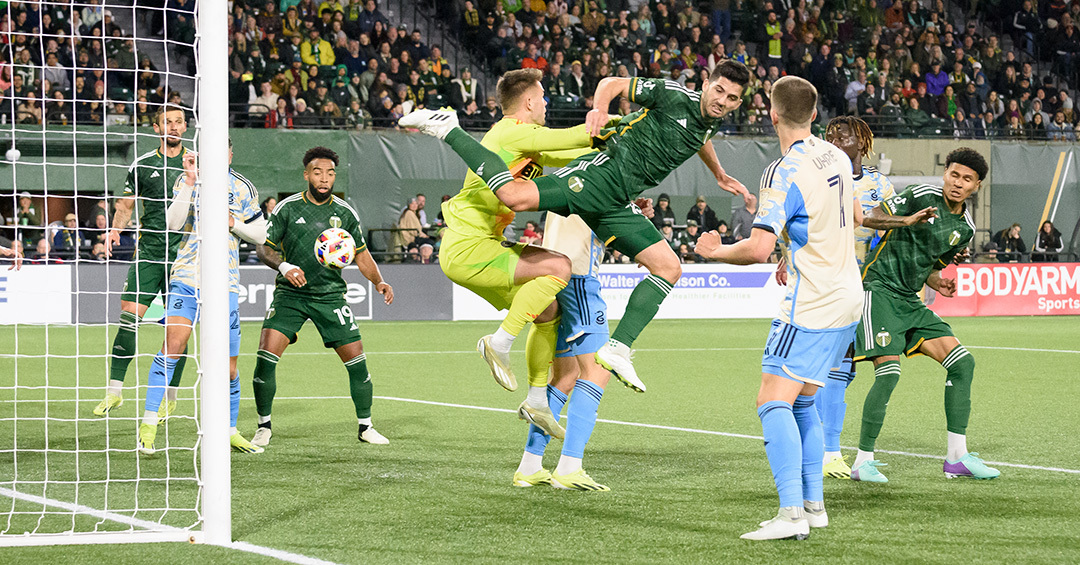
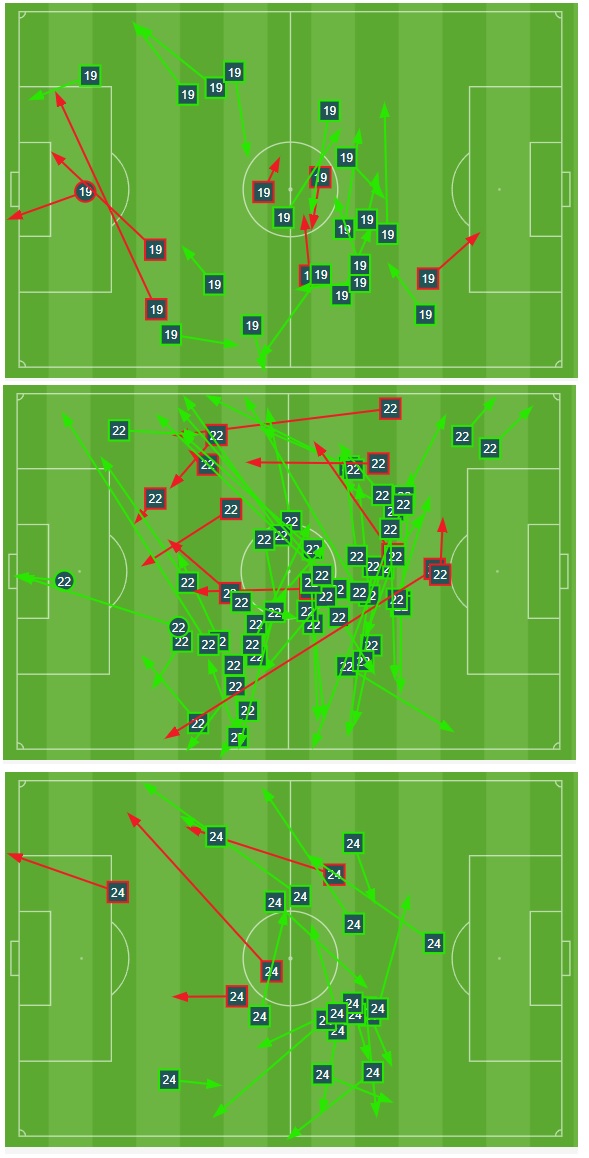

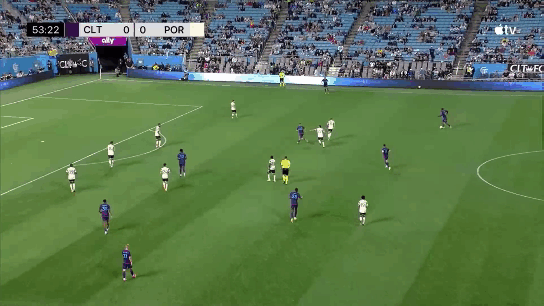
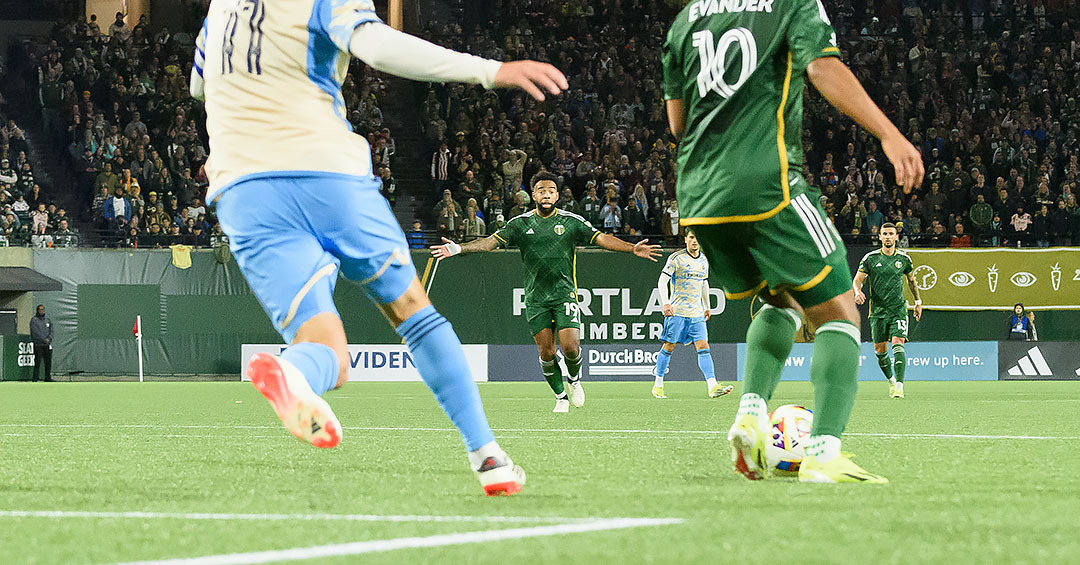
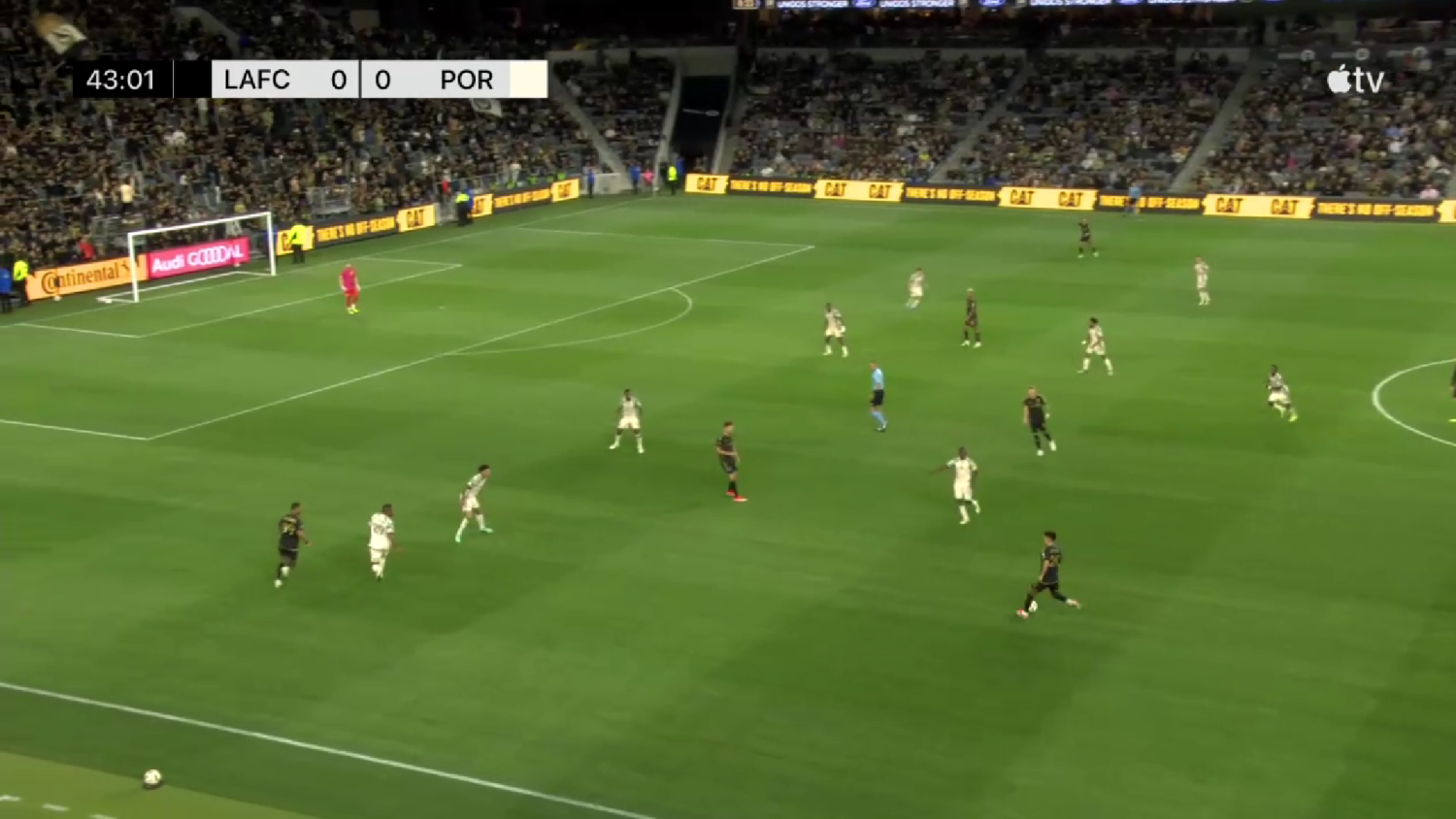
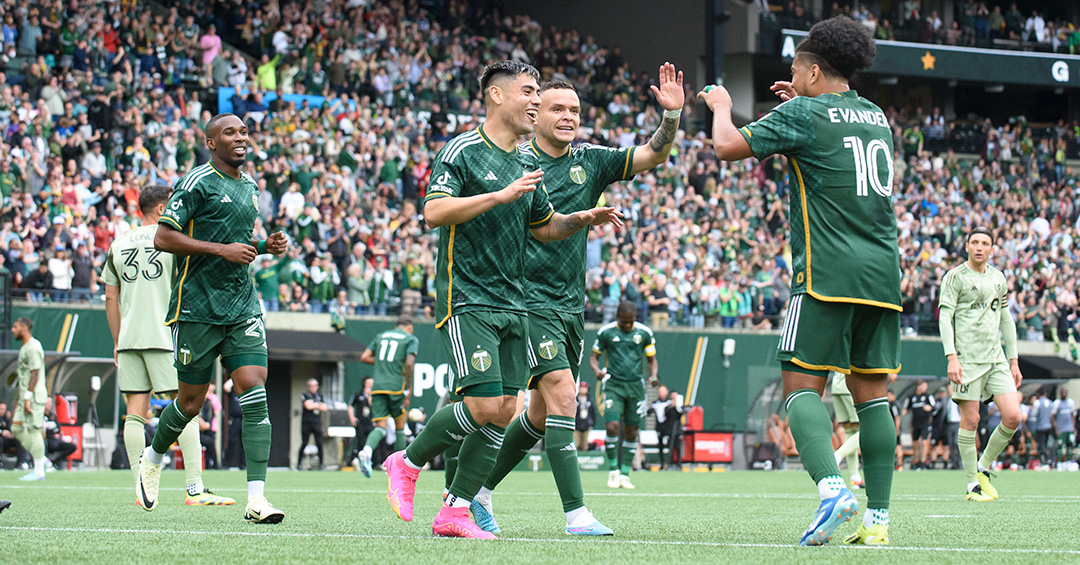
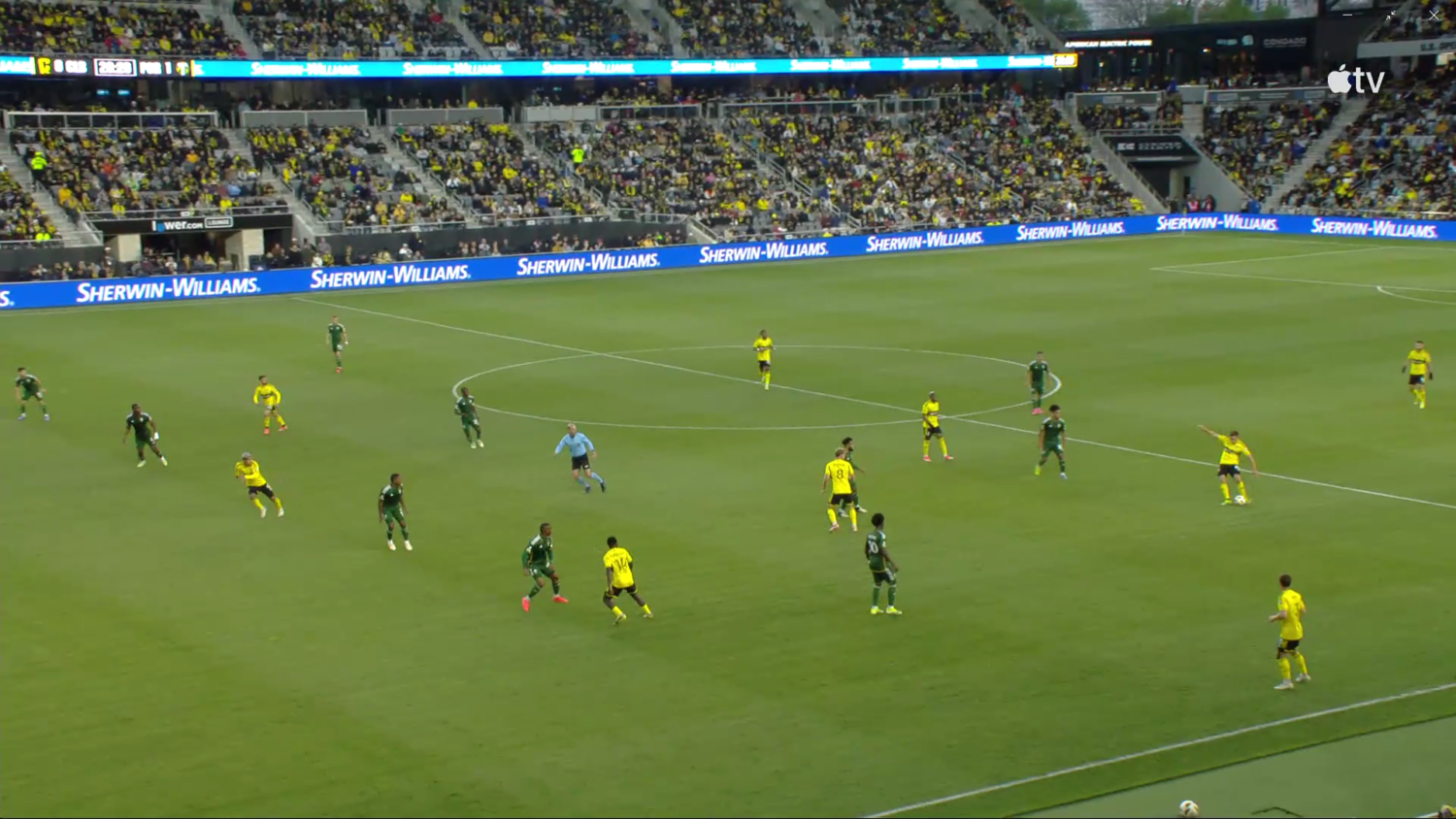
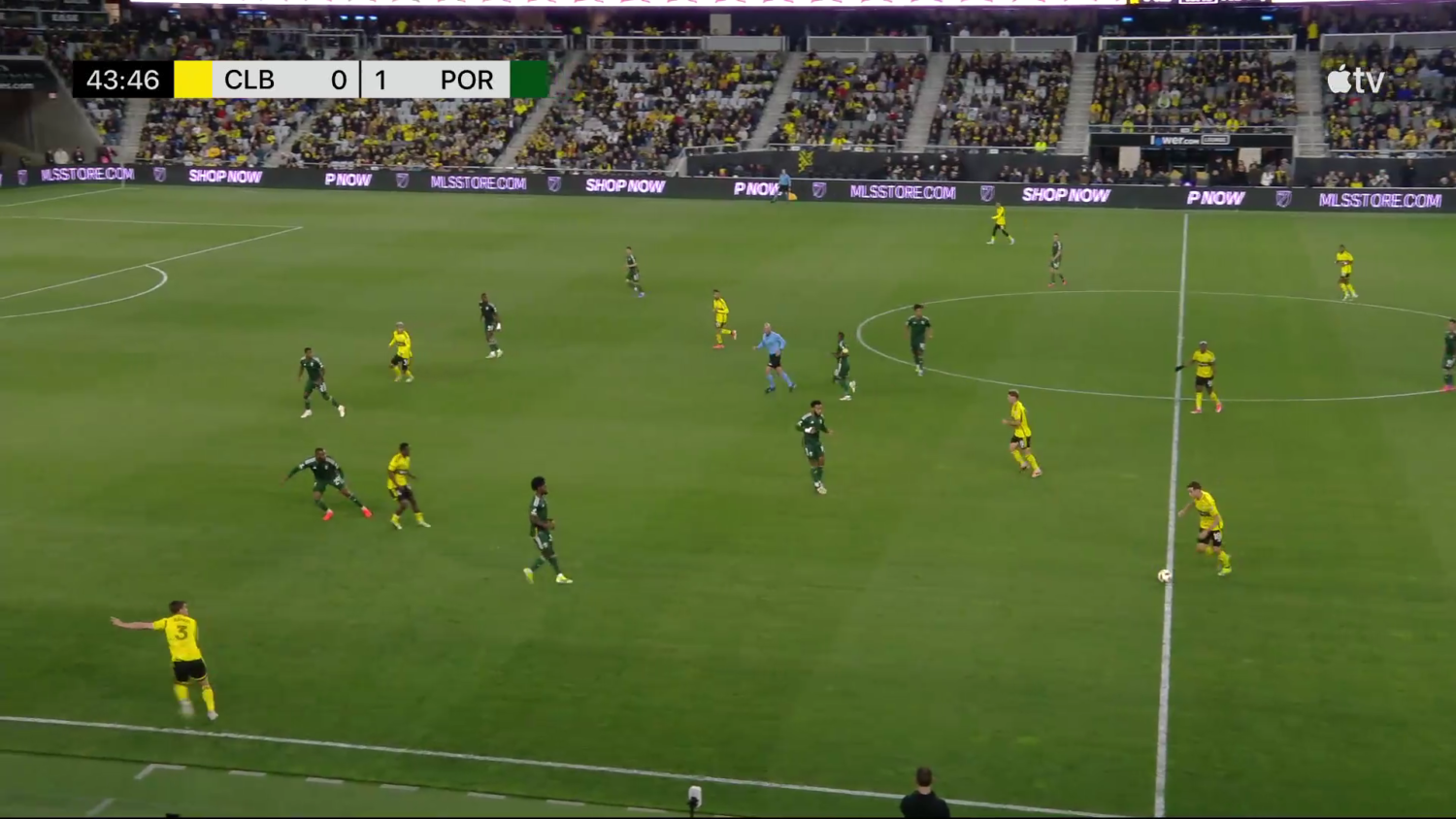
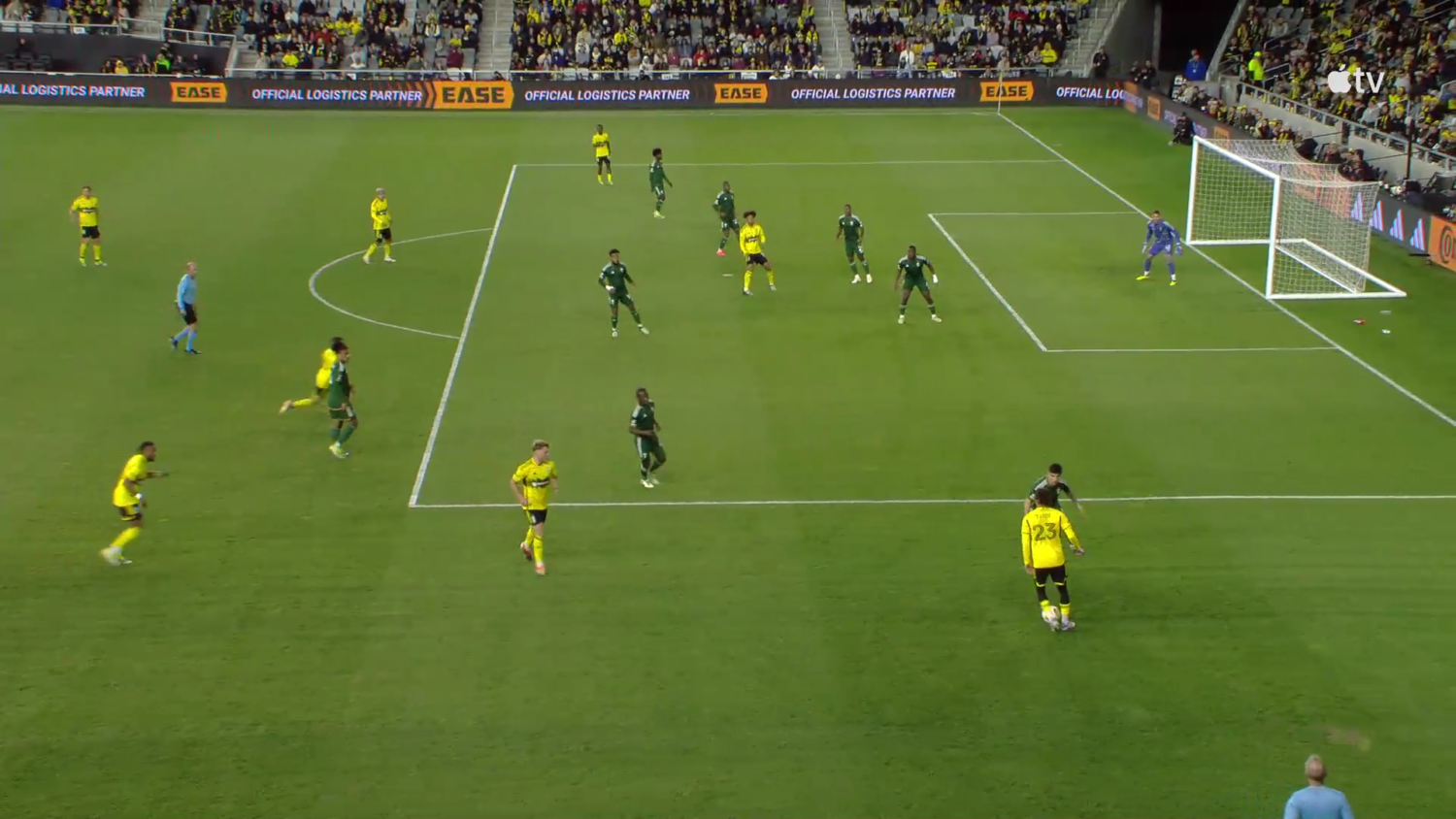
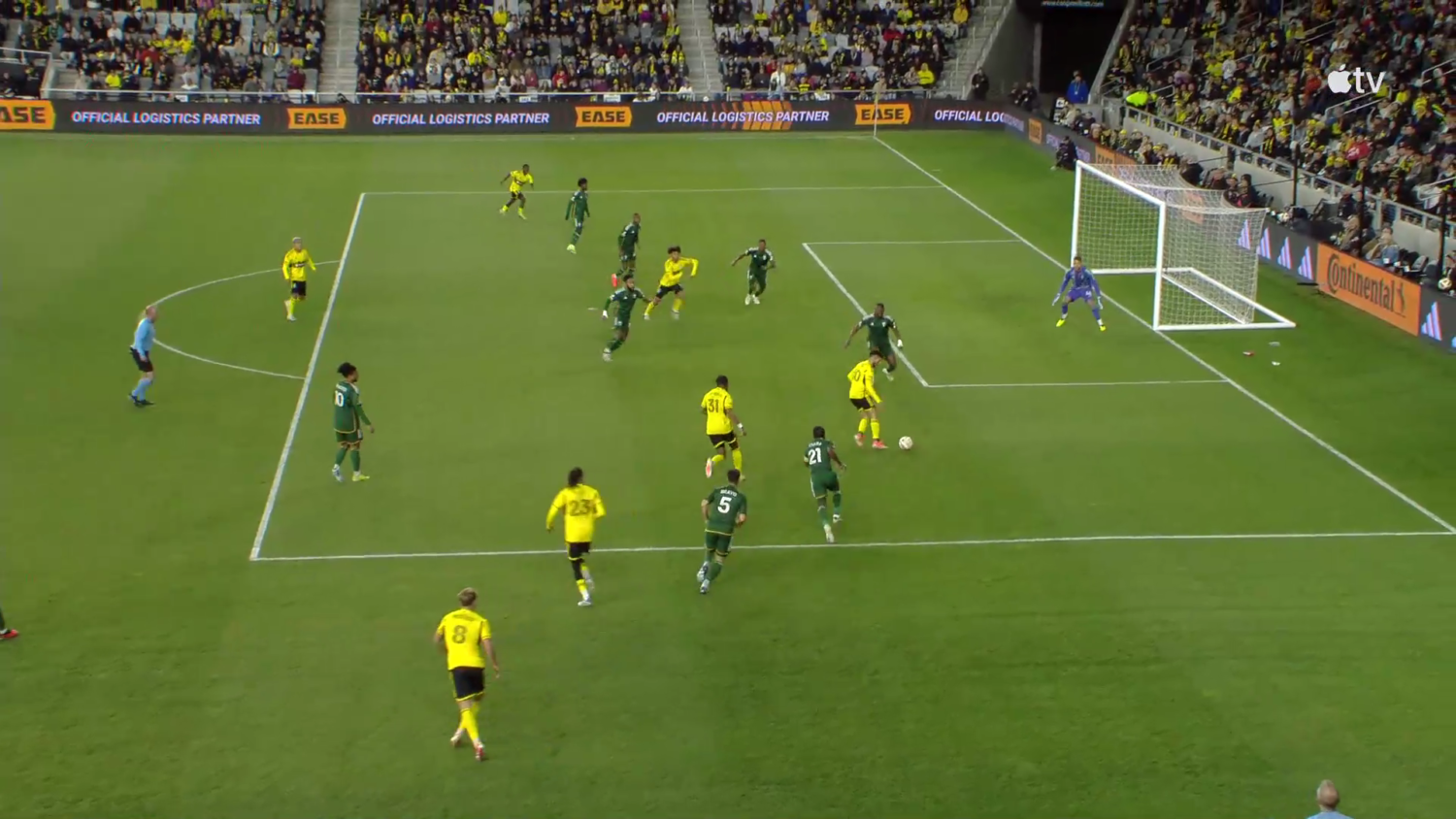

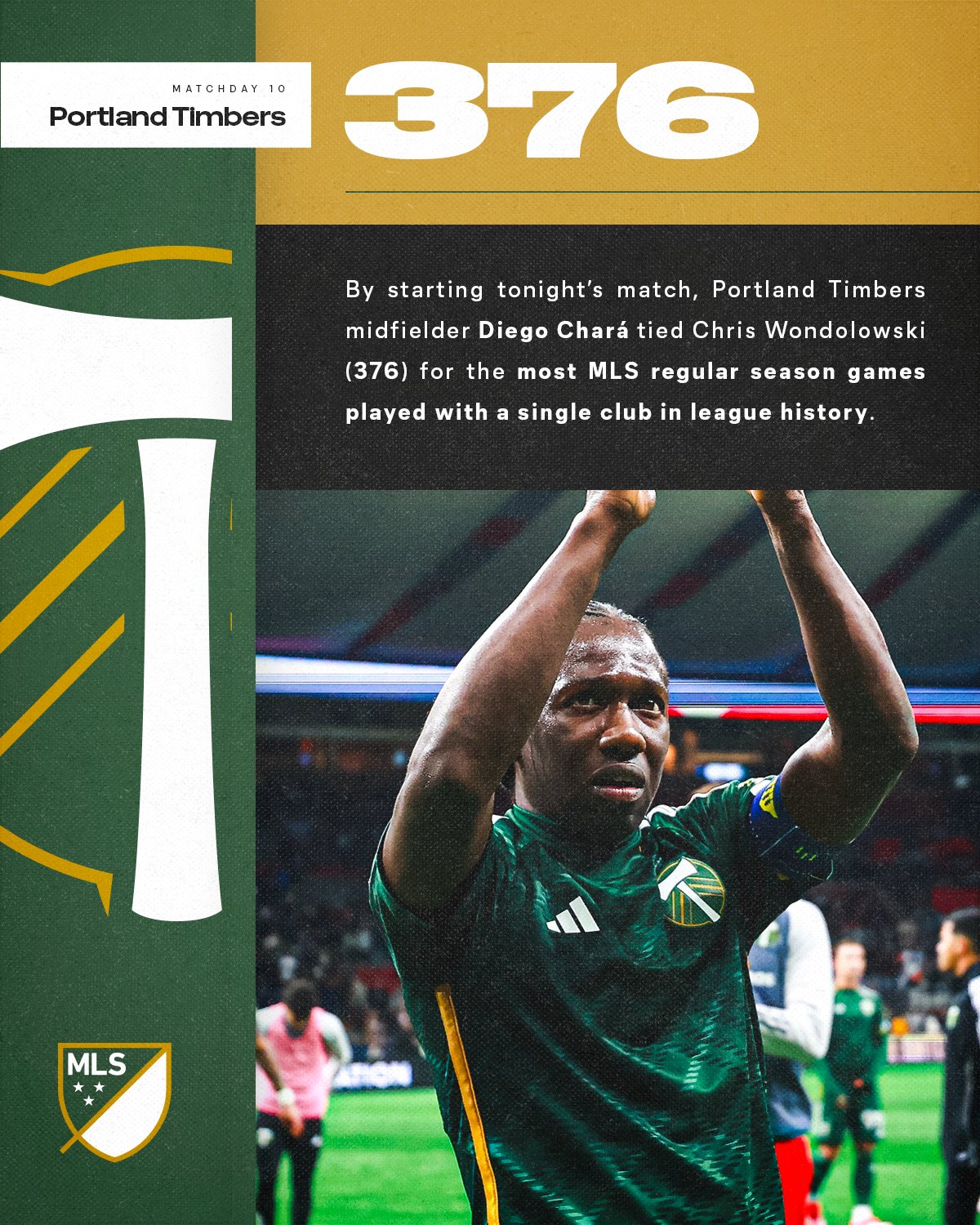
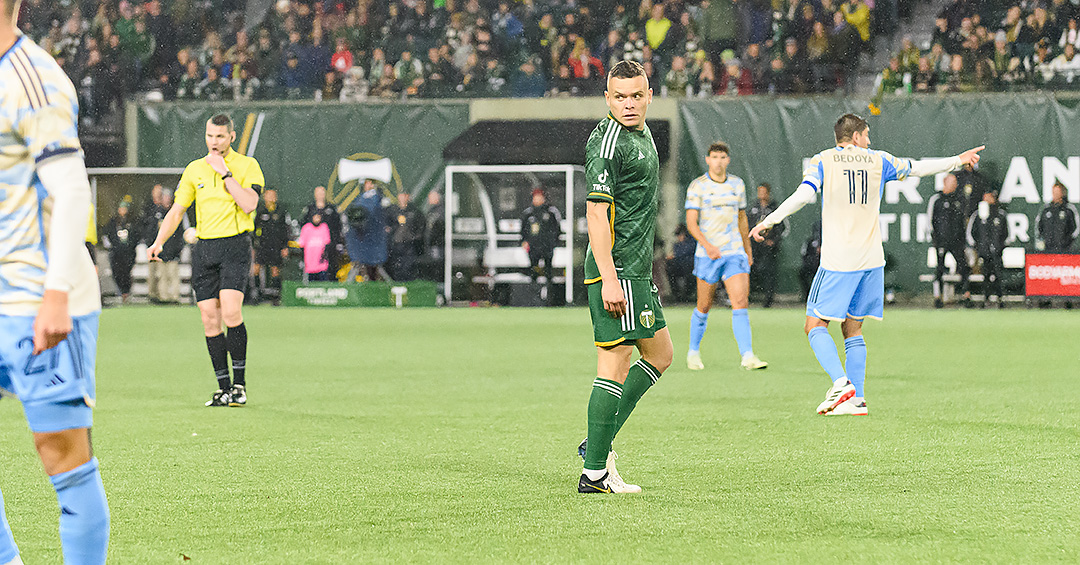
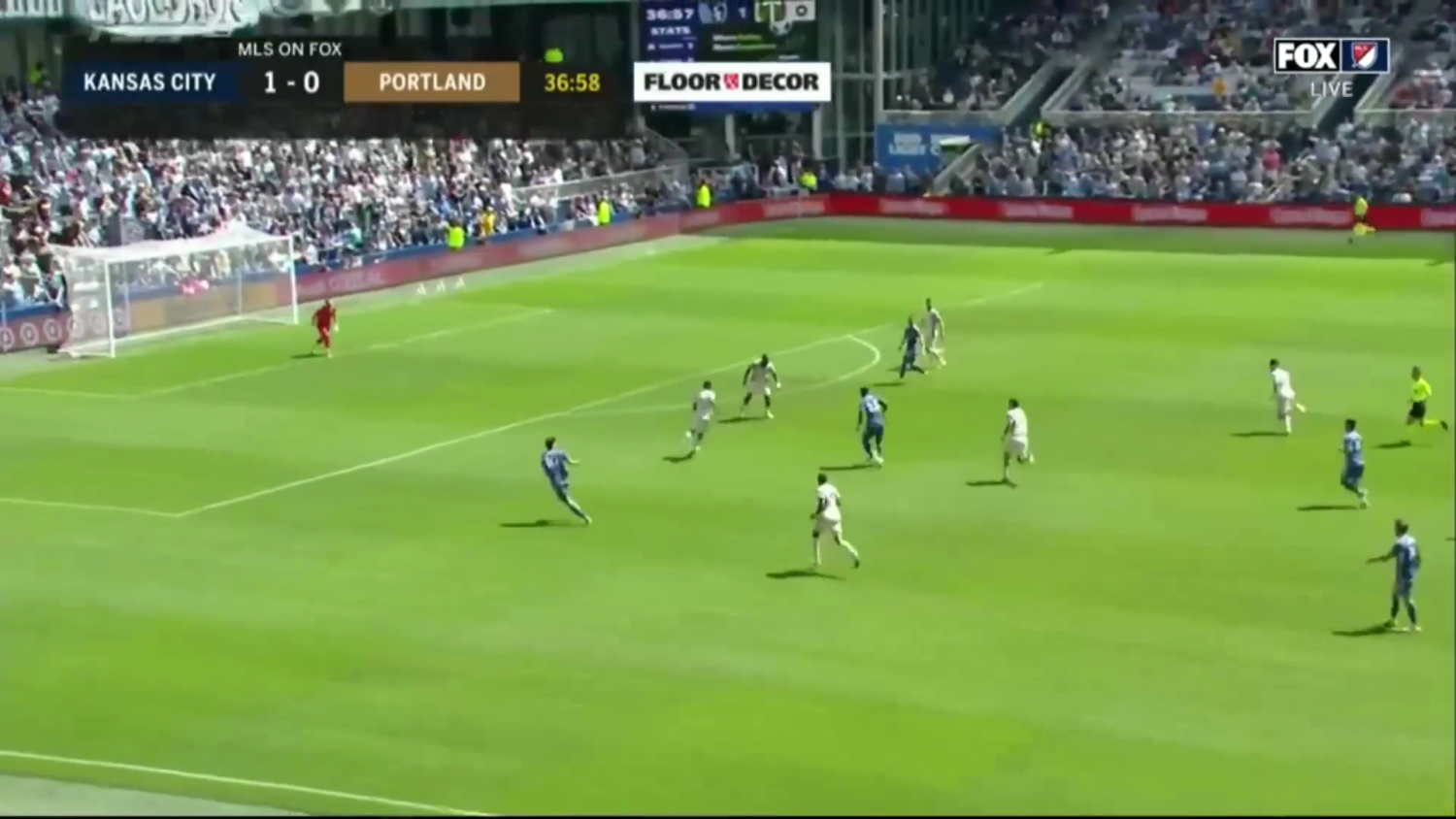
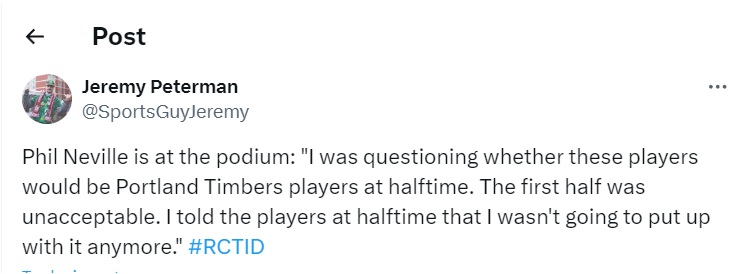


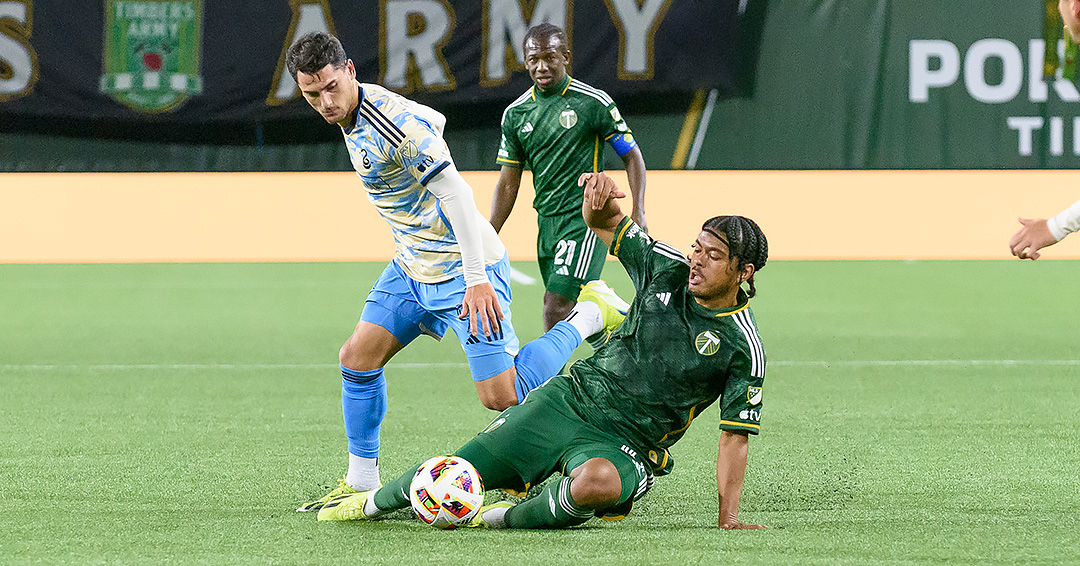
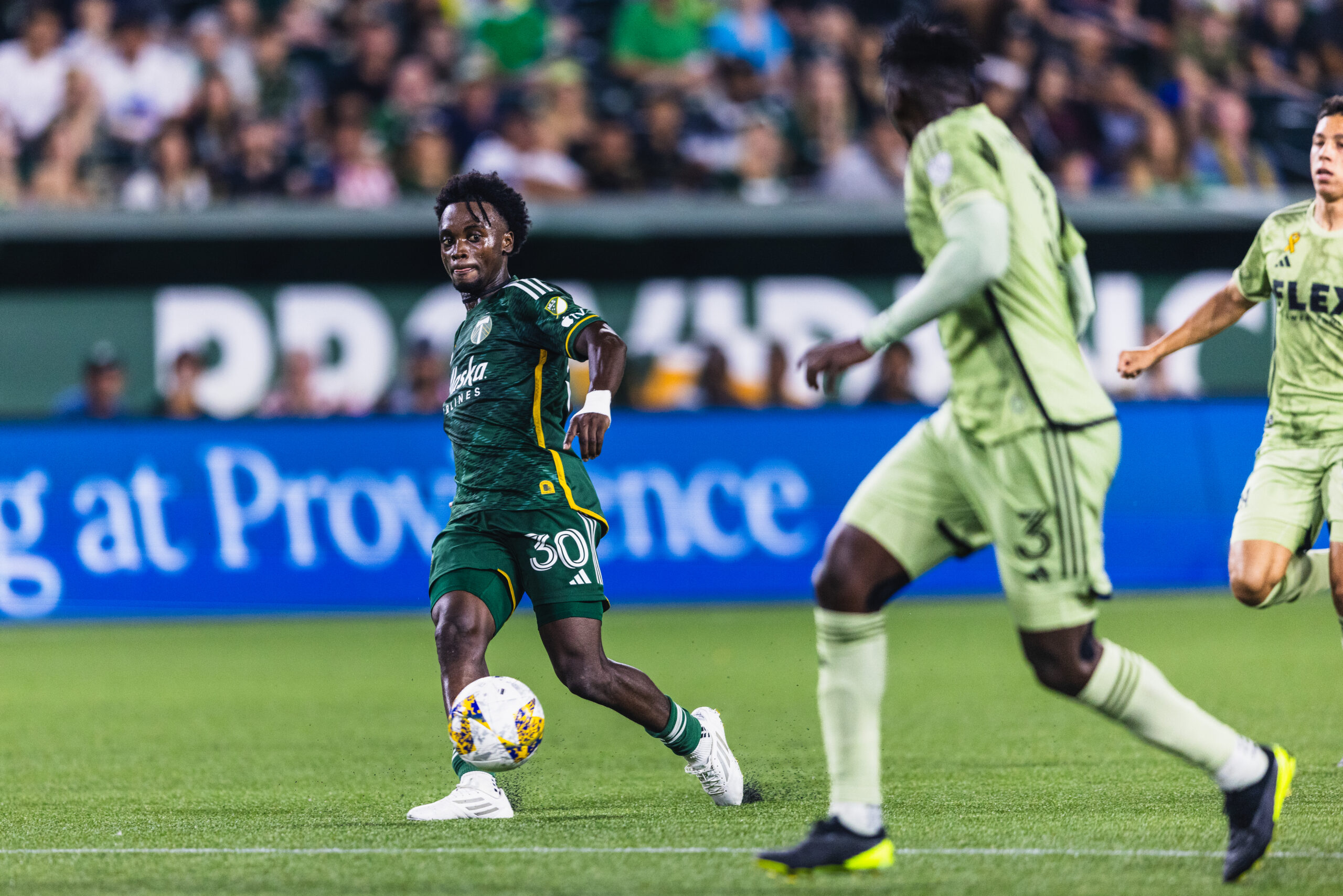

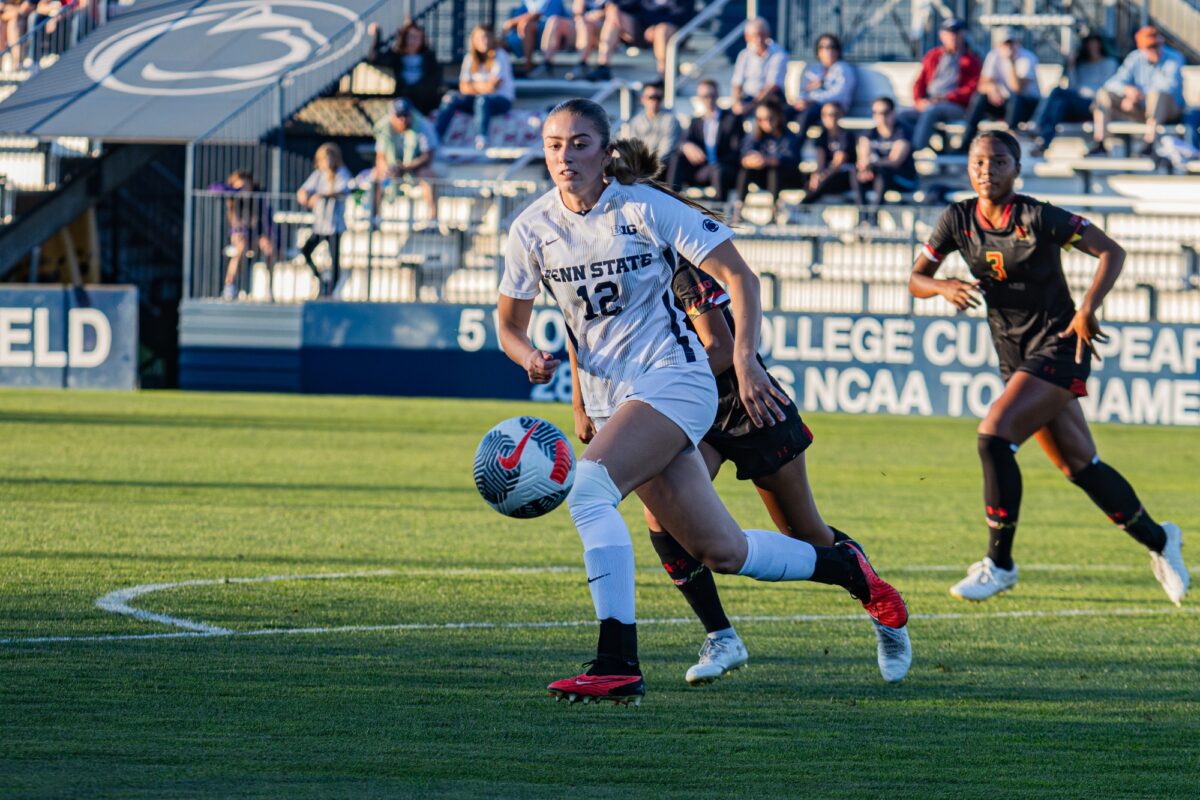
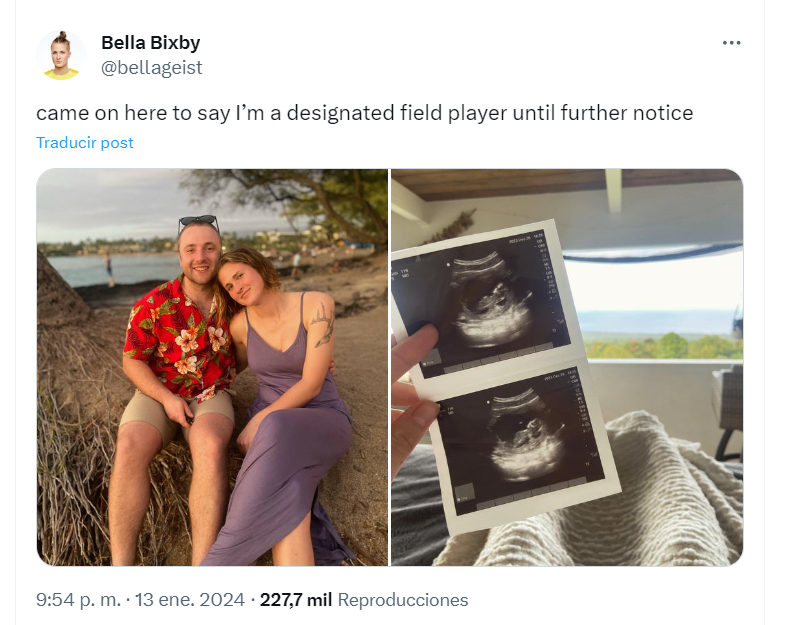
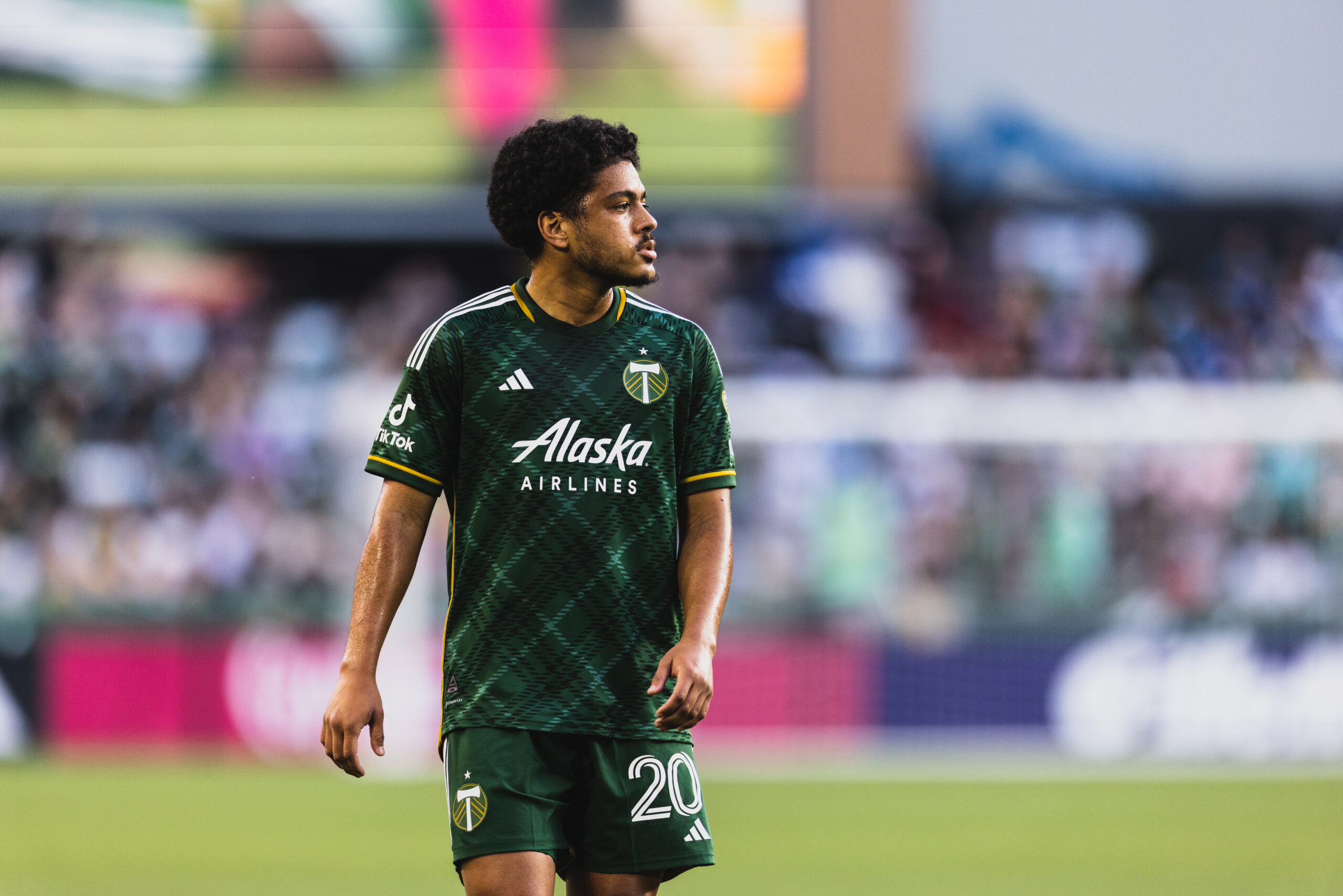
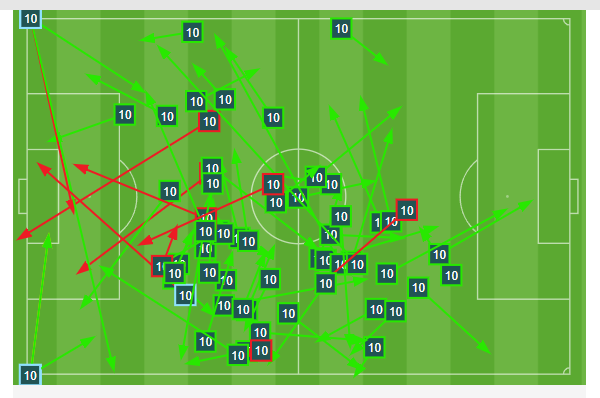

 Unlock with Patreon
Unlock with Patreon